Dirty Laundry: Greenpeace Reports on Toxic Industrial Water Pollution
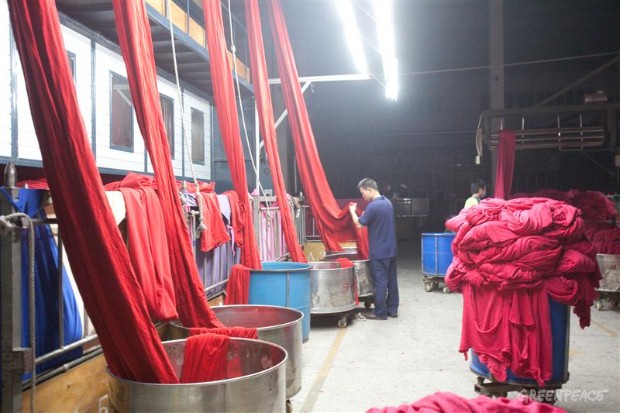
A report just released by Greenpeace International, after a year-long study research into industrial water pollution, reveals the presence of hazardous chemicals in clothing items bearing the logos of 14 global popular brands, linking many of the same clothing brands to suppliers in China who were found to be releasing daily cocktail of chemicals into the Pearl River and Yangtze River deltas, discharging into the China Sea…
East coast earthquake reveals faults in nuclear emergency planning

The largest earthquake to hit the East Coast of the United States in 67 years reveals faults in nuclear emergency planning raising added concerns about the safety of the country’s nuclear power plants. The earthquake was felt so widely because it was a shallow earthquake, and geologic conditions in the eastern allow the effects of earthquakes to propagate and spread much more than in the western United States.
True colors : Bloom in the Barents Sea
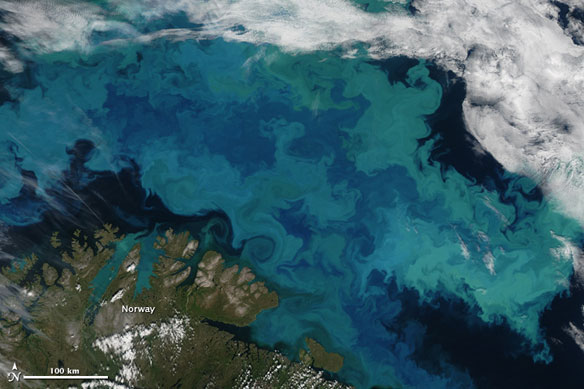
Plankton blooms spanning hundreds or even thousands of kilometers occur across the North Atlantic and Arctic Oceans every year. Many species thrive in the cooler ocean waters, which tend to be richer in nutrients and plant life than tropical waters.
Oldest Fossils Discovered On Oldest Shoreline Known On Earth
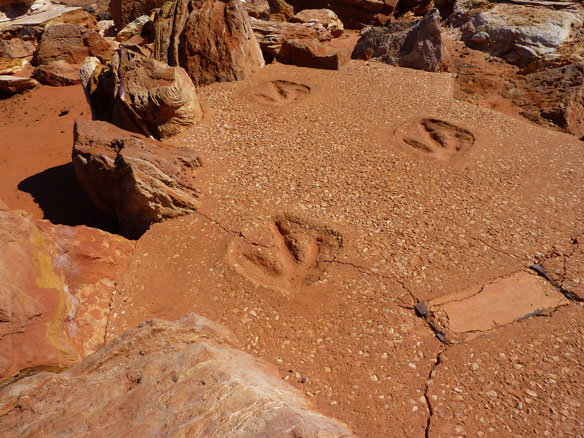
Earth’s oldest fossils have been found in a remote part of coastal Western Australia, very well preserved between the quartz sand grains of the oldest beach or shoreline known on Earth, in 3.4-billion-year-old rocks. Meanwhile, world famous 130 million old fossilized dinosaur tracks that dot a remote 80-km stretch of Western Australia’s coastline, are now under threat from a proposed natural gas facility.
Beach Goers To Report Endangered Leatherback Turtle Sightings, UK

Beach goers are being asked to look out for endangered leatherback turtles which are currently visiting British summer seas to feed on the huge numbers of jellyfish.
US scientists predict eruption of undersea volcano
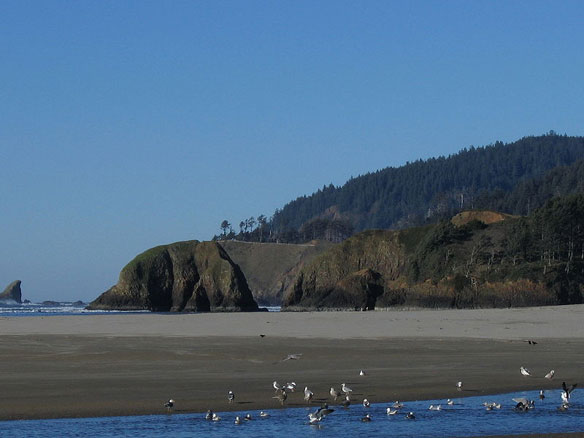
US scientists have for the first time successfully predicted the eruption of one of the world’s most active undersea volcanoes off the coast of the western state of Oregon.
Better Desalination Technology, Key to Solving World’s Water Shortage
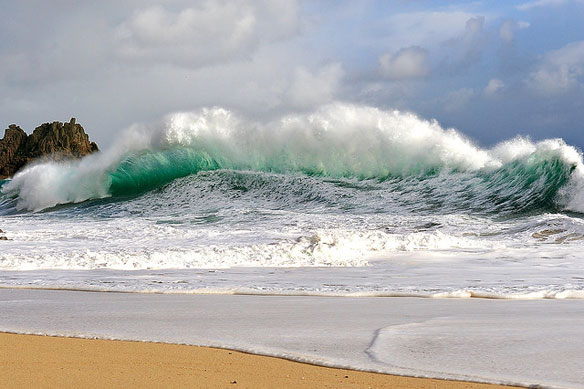
With 1.8 billion people predicted to live in areas of extreme water scarcity by 2025, desalination, the removal of salt from water, is increasingly being proposed as a solution, but officials and experts need to commit to overcoming obstacles that make the process expensive, unsustainable and inefficient, a Yale University study found.
What was natural in the coastal oceans?
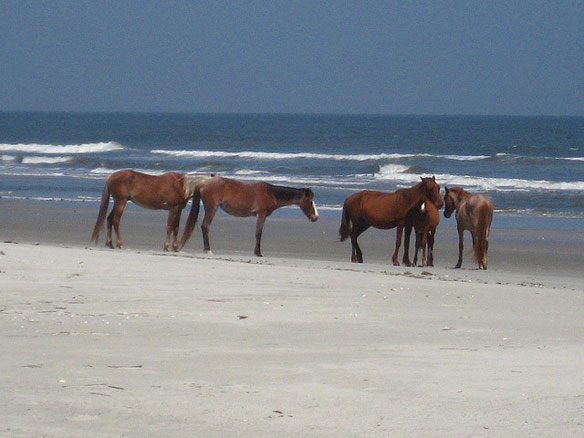
Humans transformed Western Atlantic coastal marine ecosystems before modern ecological investigations began. The universal pattern of losses demonstrates that no coastal ecosystem is pristine and few wild fisheries are sustainable along the entire Western Atlantic coast.
Sediment In Motion
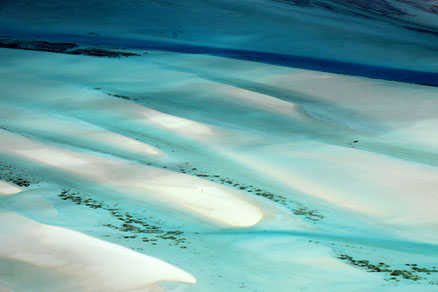
With or without human intervention, coastal processes continually morph coasts into different shapes, sizes, and colors. Changes can be observed in a day, a season, or a decade, such that there will always be something different about the sand beneath our toes from one visit to the next.
